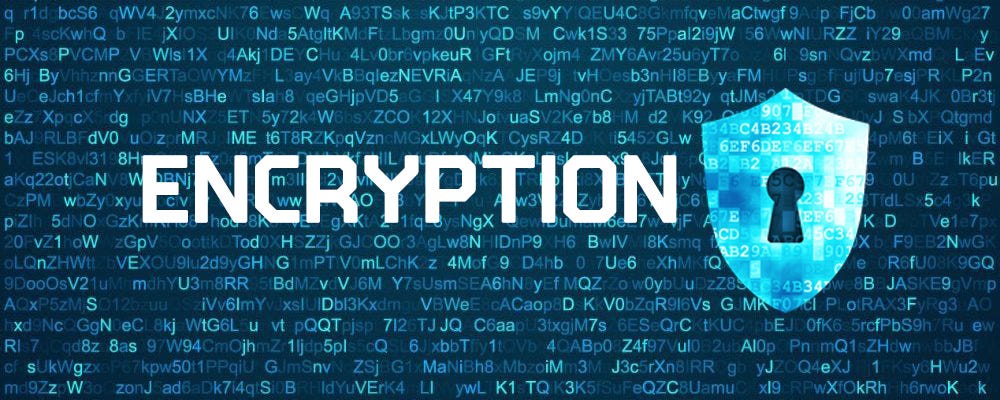Encryption

Encryption is a process of converting data or information into a coded form, known as ciphertext, to prevent unauthorized access or interception by unauthorized parties. It is a fundamental technique used in cryptography to ensure the confidentiality, integrity, and security of sensitive data during storage, transmission, and communication.
Here's how Encryption works:
Plaintext: The original, unencrypted data or information is referred to as plaintext. This can include text, files, messages, or any other form of data.
Encryption Algorithm: An encryption algorithm is a mathematical procedure or set of rules used to convert plaintext into ciphertext. This algorithm typically involves complex mathematical operations, such as substitution, permutation, or mathematical transformations.
Encryption Key: An encryption key is a piece of information used by the encryption algorithm to perform the encryption process. The key serves as a parameter that determines the transformation of plaintext into ciphertext. Encryption can be categorized into two main types based on the key used:
Ciphertext: The encrypted data resulting from the encryption process is called ciphertext. Ciphertext appears as a random and unintelligible sequence of characters or bits, making it difficult for unauthorized parties to decipher or understand without the corresponding decryption key.
Decryption: Decryption is the process of converting ciphertext back into plaintext using the appropriate decryption key. With symmetric encryption, the same secret key is used for both encryption and decryption. With asymmetric encryption, the recipient uses their private key to decrypt messages encrypted with their public key.
Encryption is used in various applications and scenarios to protect sensitive data, including:
Overall, encryption plays a crucial role in cybersecurity and information security by safeguarding data against unauthorized access, interception, and tampering.
Thank you,